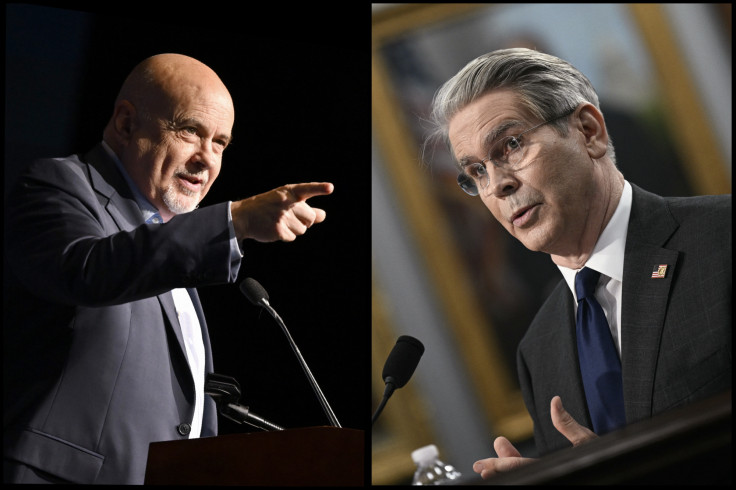
During a congressional hearing on Tuesday, Rep. Mark Pocan (D-WI) was clearly unsatisfied with the stumbling response from Treasury Secretary Scott Bessent when asked who pays tariffs.
Bessent stammered, eventually telling Pocan, "It's a very complicated question."
a stammering Bessent refuses to answer Mark Pocan's question about who pays tariffs pic.twitter.com/ah1uaiW6gg
— Aaron Rupar (@atrupar) May 6, 2025
Frustrated with Bessent's hesitation, Rep. Pocan interrupted him. "People pay tariffs, right?" Pocan answered himself.
President Donald Trump has insisted that tariffs are a tax on other countries, but economists argue that companies, not governments, are accountable for the tax. Tariff payment is due to Customs and Border Protection when goods enter the United States, meaning American businesses must pay tariffs before they can collect their imported goods.
Even with suppliers and importers taking hits to their profit margins, some of that cost will likely be passed on to consumers.
While some importers will successfully negotiate lower prices with overseas suppliers, many suppliers will be unable to afford slashing wholesale prices, especially by enough to cover the 145% tariffs imposed on Chinese imports, which are higher than the goods themselves. Likewise, many American businesses will be forced to raise the price paid by consumers to recover the increased cost of importing.
Fox News tells a story a small business owner who used to pay $26,000 in tariffs on goods imported from China, but now faces a $346,000 tariff due to Trump's new 104% tariff on Chinese imports.
— Ron Smith (@Ronxyz00) April 9, 2025
"We think that China is gonna have to pay for it. A special needs toy importer-- when... pic.twitter.com/bcDBrlUggM
"If we go back to the trade war in 2018, there is a body of research showing that most of the impact of these tariffs was borne by consumers and firms inside the United States," said Rodrigo Adão, a University of Chicago economics professor.
High import costs do create an incentive to buy from domestic suppliers and increase US manufacturing, as heralded by the Trump administration. Both are costly, with the set up of domestic manufacturing requiring significant investments of both time and money.
© 2025 Latin Times. All rights reserved. Do not reproduce without permission.







